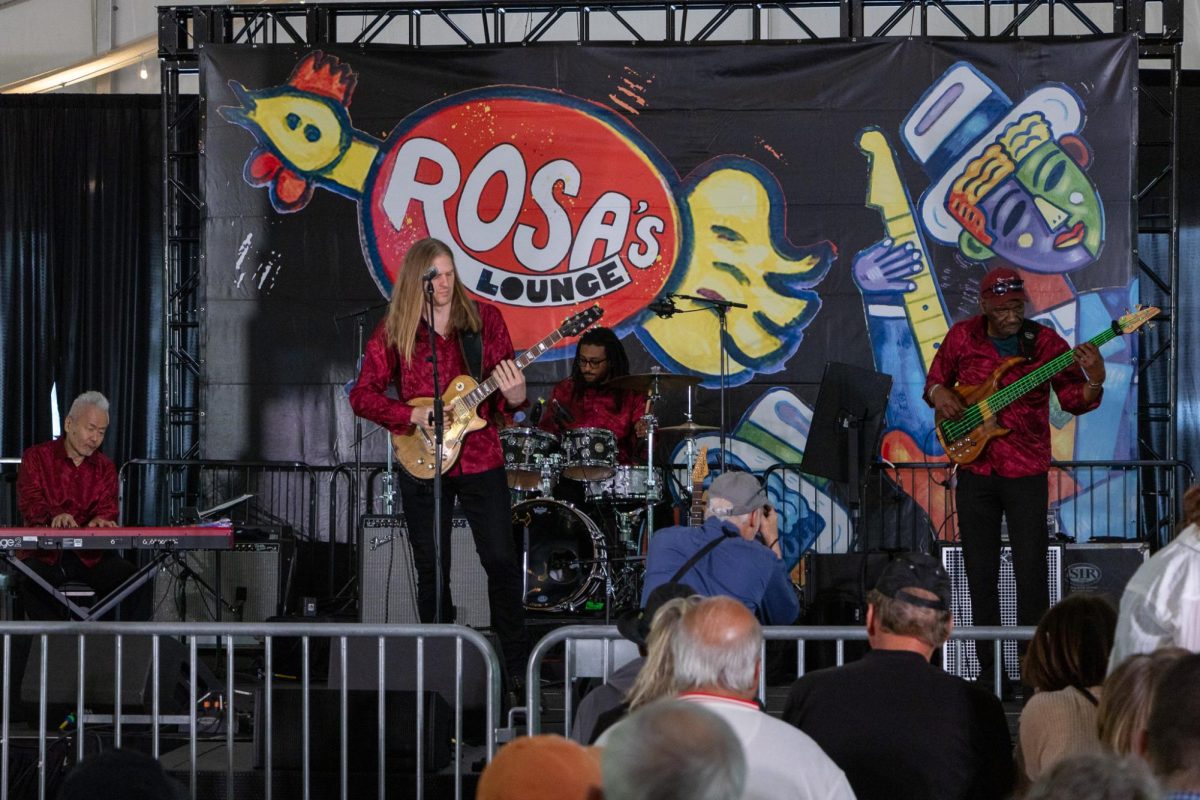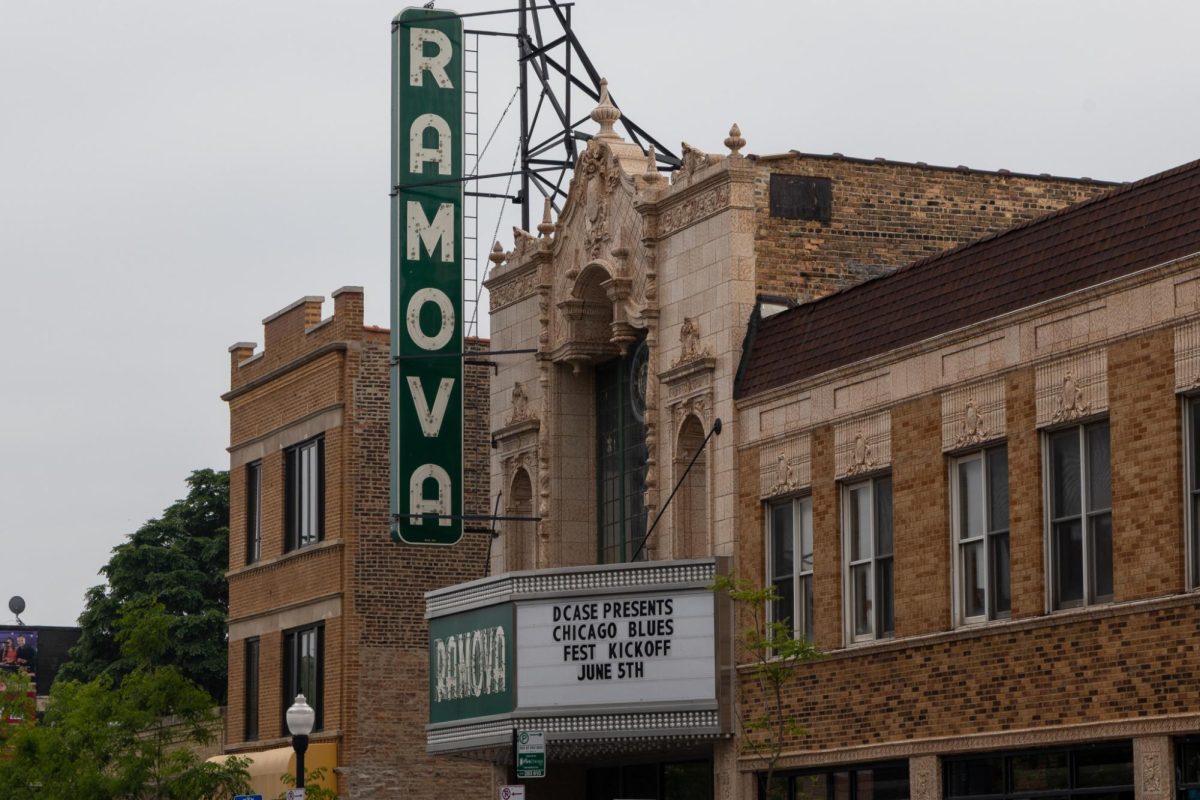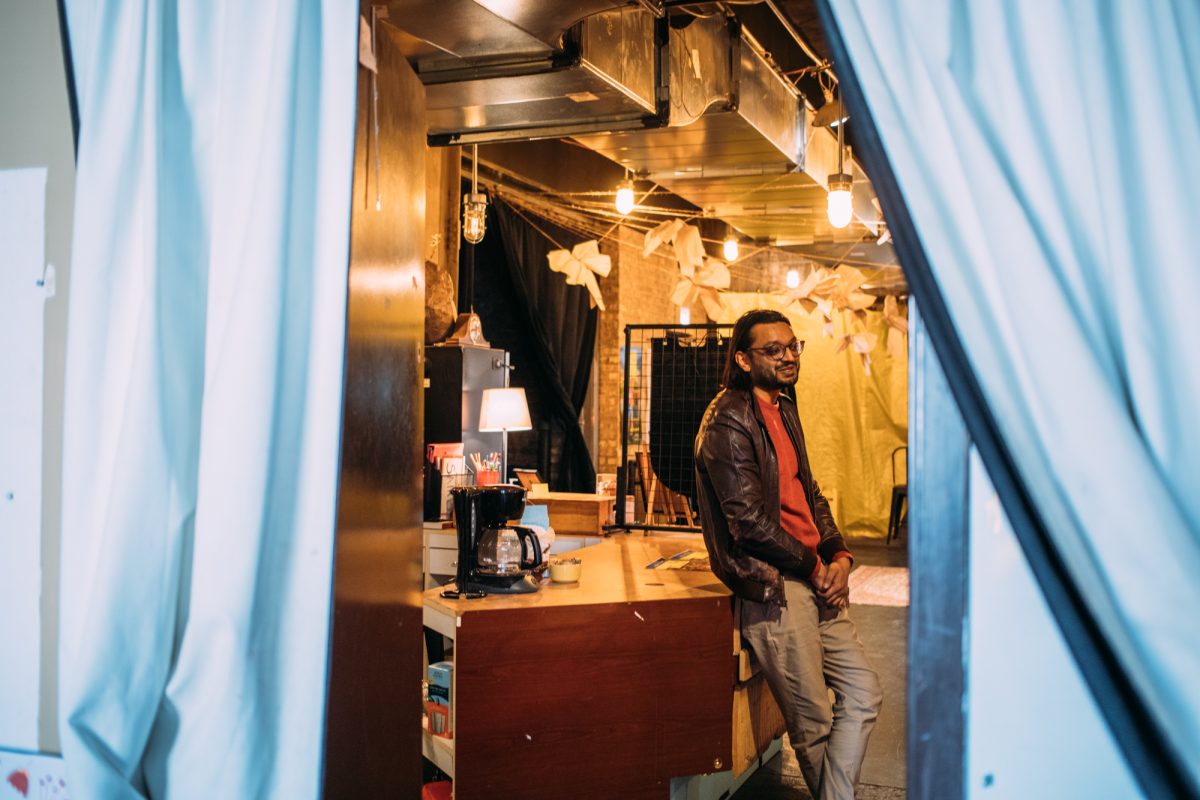Mammals, mountains and marmalade. What do these three words have in common? They are all included in the newest Paddington sequel, “Paddington In Peru.”
The movie stars with the returning cast that play Paddington and his family in addition to new supporting characters such as those played by Antonio Banderas and Carla Tous.
The story revolves around protagonist Paddington going to Peru after being sent a message that his Aunt Lucy has gone missing leading to an adventure through various parts of the country such as mountains, a village and a river. If one does wonder, yes, oranges and marmalade remain major components in this sequel.
About one-third of the movie has its setting in London where the beginning revolves catching up with Paddington and his human family after so many years have passed since the previous event.
Despite its total runtime of one hour and forty-six minutes, it’s very engaging to the point where I was surprised when I looked at my watch and realized the movie was nearing its conclusion. The audience may be caught off guard by some of the jokes in this movie as they were on-the-nose but the timing let the punchlines land and were funny.
As for the culture of Peru, it’s fairly accurate, as confirmed by Elio Leturia, an associate journalism professor in the School of Communication and Culture.
“The legend of El Dorado has been part of history and been the subject of many movies,” said Leturia, who attended the Chicago advanced screening.
Another movie which revolves around such myth is the Dreamworks film “The Road To El Dorado.”
There is a lot regarding Peruvian culture which is shown throughout the film, such as clothing, jewelry in addition to occasional musical melodies which consist of a guitar with pan flutes and orchestral strings.
One of the settings in Paddington In Peru involves the titular character being on top of a mountain with an ancient architectural structure that is “similar to Machu Picchu in terms of its location,” said Leturia.
Machu Picchu is a mountain area in Peru which contains ruins, a citadel that was created by the Incas, which were a South American Indian group which resided in the area when the structure was built.
Leturia also said that some artistic licensing comes in as in how some of the clothing in the movie is worn in real life by people who reside near the Andes mountain area, while the characters in the movie are located closer to the rainforest.
Elements of European culture are in play like in a scene where Paddington attempts to steer a boat with the tune of a classical waltz playing in the background that is first played on an out-of-tune piano before switching to orchestral strings.
A message expressed in this movie is of what one truly loves or wants the most. Do they choose to live in comfort and remain that way, or will they try something different to experience something new?

One of the biggest themes is the importance of family and how the concept of family revolves around one’s own definition. Through finding Aunt Lucy, Paddington returns to his Peruvian roots. In a similar fashion, Hunter Cabot, played by Banderas, deals with whether following his ancestors’ common mission is more important than the love he has for his daughter Gina.
The idea of family definition has been prominent since the beginning of the film franchise. In the first movie, Paddington was figuring how he fits in with the Brown family since he had a conception of the human world that didn’t match to how it actually is. In comparison, it now becomes a matter of how does the Brown family fit as a whole through the passage through time. With time, life changes happen such as how the Brown kids Judy and Jonathan are now older and are living in their own world.
All in all, “Paddington In Peru” is a fun family adventure that keeps the marmalade fresh and is worth watching.
“Paddington In Peru” releases in U.S theatres on Friday, Feb. 14.
Copy edited by Patience Hurston






